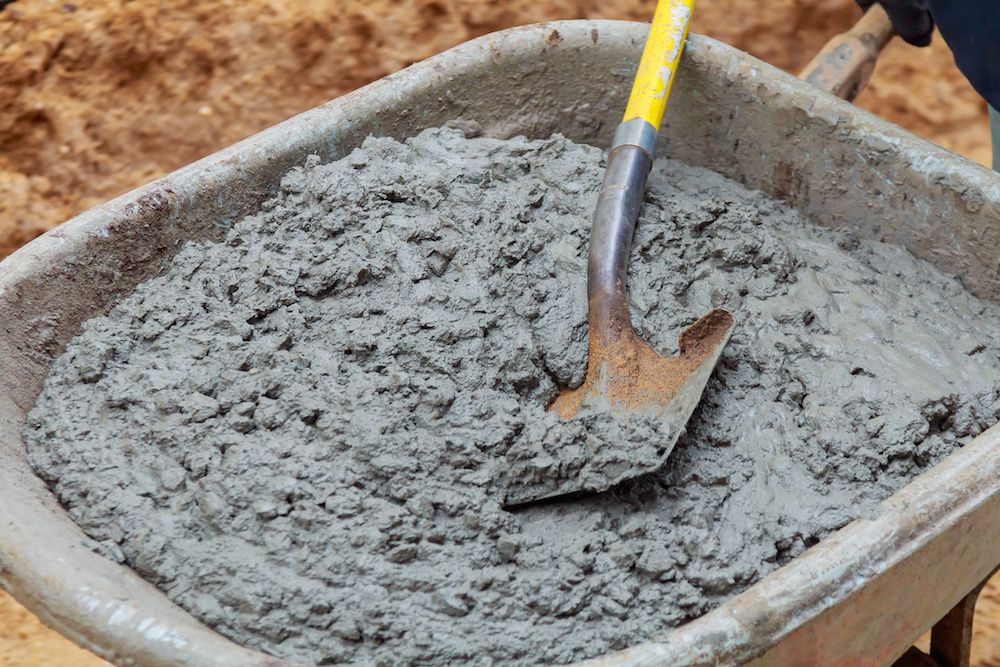Ways To Choose The Correct Concrete Mix In Bonita
Concrete is the foundation of many construction projects, from the smallest garden path to the tallest skyscraper. The durability, strength, and versatility of concrete depend largely on the mix you choose. Picking the right mix is crucial, not only for the longevity of the structure but also for cost-effectiveness and ease of application. Here are five ways to help you choose the correct concrete mix for your next project.
- Before anything else, it’s vital to know the intended use of the concrete. Are you laying a driveway, constructing a foundation, setting posts, or creating an ornamental piece? For instance, a driveway might require a high-strength mix, while decorative installations might require a mix that is more fluid and easy to work with.
- The climate and weather conditions during the pouring and curing phase can significantly impact the choice of concrete mix. For colder climates, you may need a mix that sets faster to prevent frost damage. In contrast, hot and arid regions might call for retardants to slow down the setting time, giving the concrete enough time to cure properly and develop strength.
- One of the primary criteria for choosing concrete is its compressive strength. This metric is measured in pounds per square inch (psi). Residential driveways might need concrete with a strength of 2500 to 3000 psi, while industrial areas with heavy traffic might require concrete of 4000 psi or more. Always ensure that the mix you select meets or exceeds the strength requirements for your specific project.
- Workability refers to how easy the mix is to handle and apply. A concrete mix that’s too stiff might be hard to pour and shape, leading to an uneven surface. Conversely, an overly wet mix might weaken the final product. Your project needs, combined with the methods of placement, will determine the ideal workability of your mix.
- Admixtures are additives in concrete that can modify its properties. There are various admixtures like accelerators, retarders, air-entraining agents, and water-reducers. Each one serves a unique purpose, such as accelerating setting time or improving freeze-thaw resistance. Depending on your project’s requirements and environmental factors, consider using admixtures to tailor your concrete mix appropriately.
FAQs
What Happens If I Choose The Wrong Concrete Mix?
Choosing the incorrect mix can lead to numerous problems. These can range from surface issues like cracking or scaling to severe structural concerns, potentially leading to a reduced lifespan of the structure.
Can I Adjust A Concrete Mix After It’s Been Made?
While certain adjustments can be made after a mix is prepared, such as adding water, it’s essential to be cautious. Overwatering can weaken the final product. If significant adjustments are required, it’s often better to start over with a new mix to ensure integrity.
Is It Better To Make My Own Mix Or Buy A Pre-Mixed One?
Pre-mixed concrete is ideal for DIY projects or small-scale applications due to its convenience. However, for larger projects or specific requirements, creating a custom mix might be preferable as it allows for greater flexibility in tailoring the mix to your exact needs. Always consult with a concrete specialist if unsure.
Conclusion
Choosing the right concrete mix is an art that combines technical knowledge with practical considerations. It’s not just about strength but also about how the mix behaves during application and its lifespan. By considering the purpose, weather conditions, strength, workability, and admixtures, you can select a concrete mix that ensures longevity, aesthetics, and performance for your construction needs. For more information, contact Concrete Contractor Bonita at (619) 494-1611.
